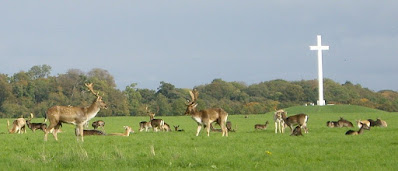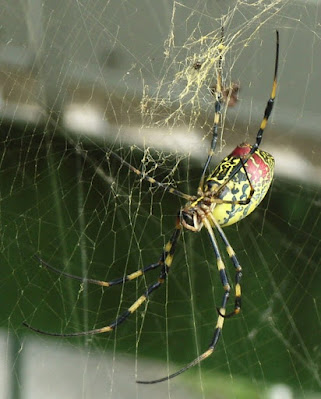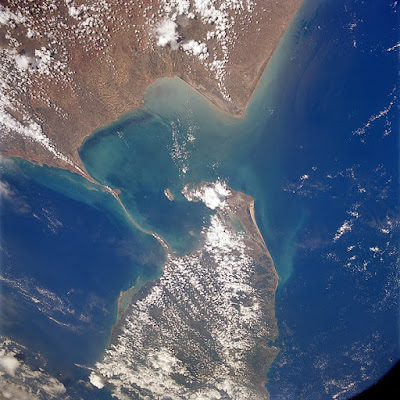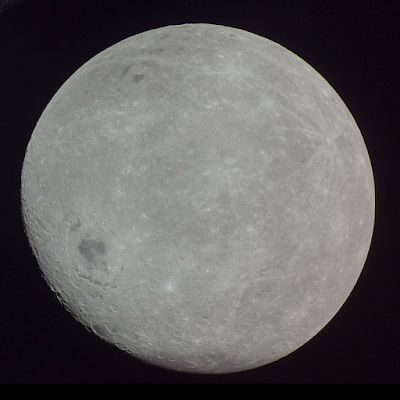40 Interesting Facts About Ireland

The Republic of Ireland is a country on the island of Ireland in Western Europe. It occupies more than 80% of the island, while the remaining northeastern part is Northern Ireland, a country in the UK . Ireland has the highest percentage (10%) of people with red hair . Scotland has the second-highest percentage, having 6% redheaded people, while this hair color is present in less than 1% population in most other countries. ( Source ) Humans initially inhabited Ireland around 6000 BC . The country united for the first time in 1014 after an agreement between the Vikings and Celts. Ireland mostly remained an integral part of or a client state of England (and Great Britain) from the second half of the 12 th Century until the 19 th Century. It gained independence from the United Kingdom of Great Britain and Ireland in 1922. The northern part of Ireland (6 out of 32 counties) remained part of Great Britain due to its Protestant-majority population. The proponents of the union of Ire...




